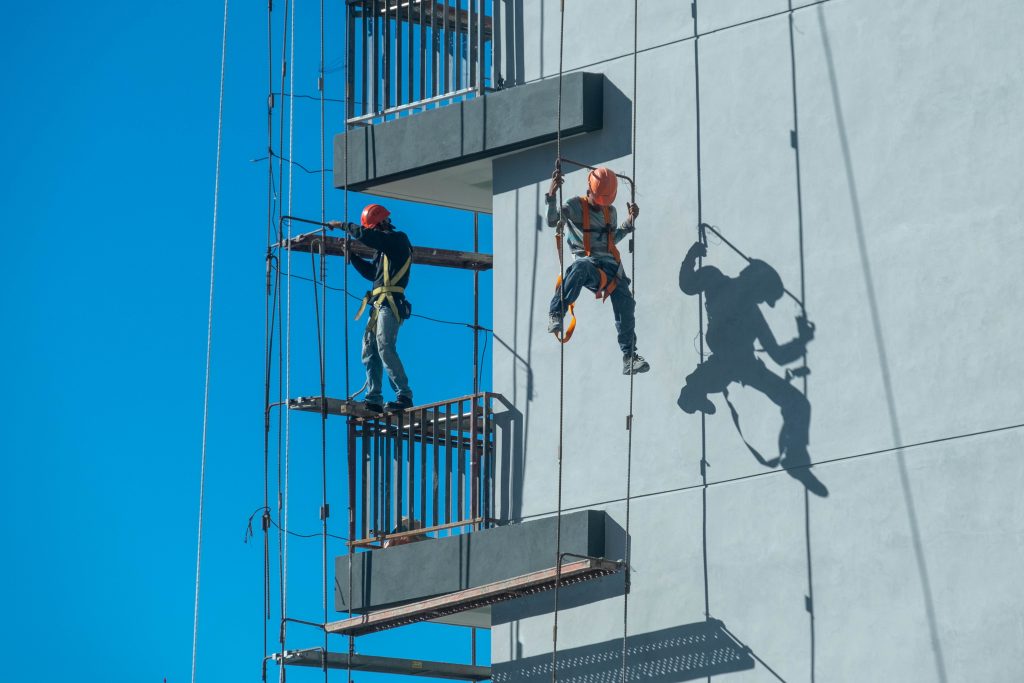Working at heights can be a dangerous task, especially in South Africa where safety regulations may not always be strictly enforced. However, it is crucial for workers and employers to prioritize safety when working at heights to prevent accidents and injuries.
One of the major risks associated with working at heights is the possibility of falling. This can lead to serious injuries or even death. In South Africa, it is estimated that falls from heights account for around 20% of all workplace deaths. To prevent falls, workers and employers should ensure that all necessary safety equipment, such as harnesses, are used and properly maintained. Workers should also be properly trained on how to use this equipment and understand the risks associated with working at heights.
Another important aspect of working safely at heights is proper planning. This includes assessing the risks associated with a particular job and taking steps to mitigate them. For example, if a job requires working on a roof, the employer should ensure that the roof is in good condition and that there are adequate safety measures in place, such as guardrails or safety nets. Additionally, employers should ensure that workers are properly trained and have the necessary skills to perform the job safely.
In addition to falls, working at heights can also lead to other hazards such as slips, trips, and falls on the same level. To prevent these hazards, workers should be provided with the appropriate footwear and should be trained to be aware of their surroundings and to take necessary precautions.
The Occupational Health and Safety Act (OHSA) in South Africa states that employers have a legal duty to ensure the safety of their employees. This includes providing workers with proper training, equipment and supervision to work safely. Employers who fail to comply with the OHSA can face penalties, including fines and even imprisonment.
In conclusion, working at heights can be extremely dangerous and it is crucial for workers and employers to prioritize safety. This includes using appropriate safety equipment, proper planning, and ensuring that workers are properly trained and have the necessary skills to perform the job safely. By following these guidelines, employers and employees can work together to prevent accidents and injuries and to ensure a safe working environment in South Africa.


